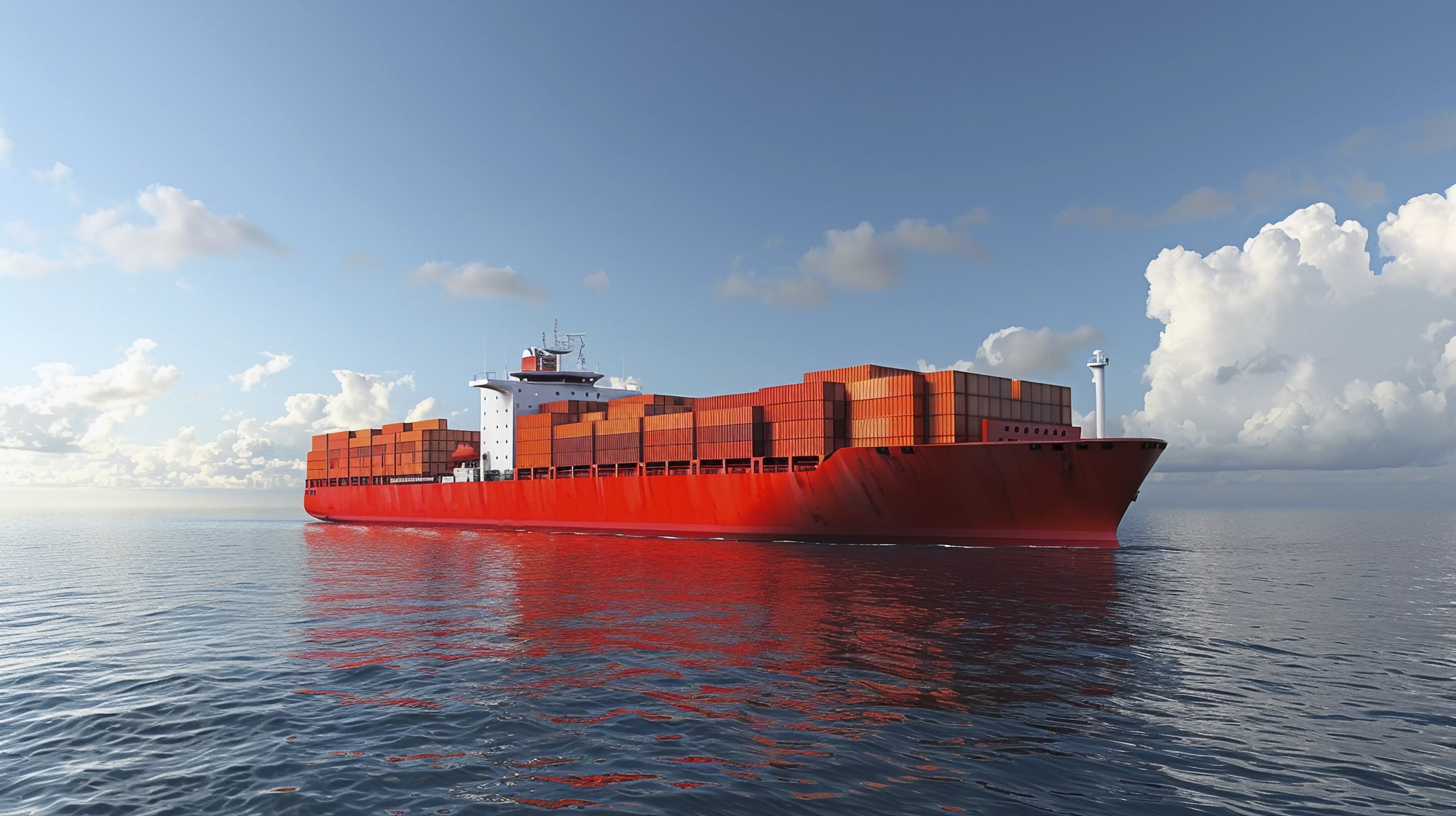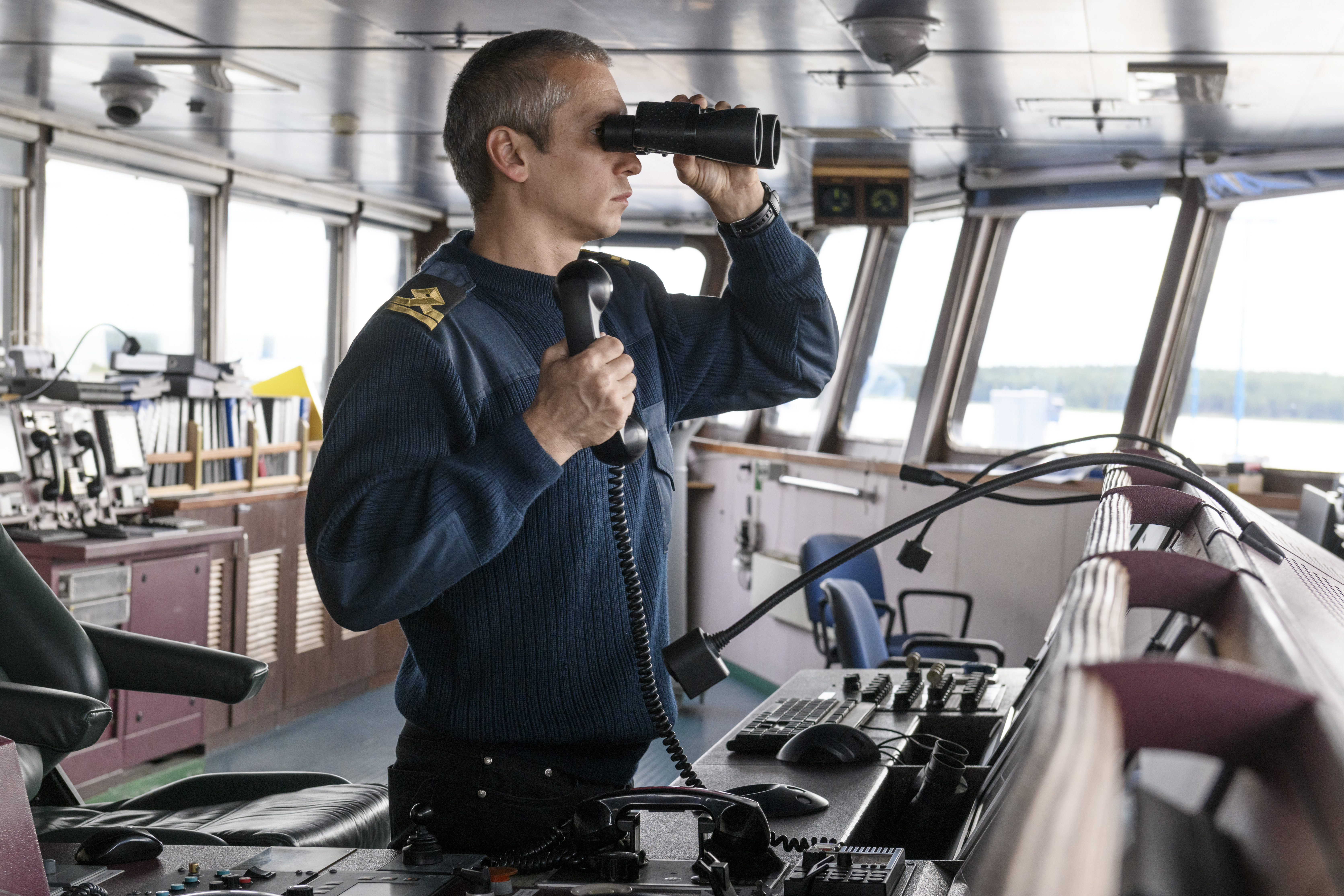When encountering rough weather, heavy seas or swell, care shall be taken to avoid damage to the vessel and her cargo.
Especially during the dark hours it may be difficult for the Officer of the Watch to evaluate the effect of heavy weather.
When heading right into the waves, it may be necessary to alter course and/or speed.The Master care of crewell must be satisfied that the ship is thoroughly seaworthy and at all times keeps a close watch for synchronism. Only the best helmsmen should be employed during the storm, and if conditions arise where it is necessary to meet each wave with the helm he must consider the necessity of relieving the helmsmen every 1 hour to avoid weariness. The clear-view screens should be tested beforehand, together with the fog-signalling apparatus in anticipation of poor visibility. Distress rockets should be at hand. NAVIGATING IN HEAVY WEATHER shall be consulted.
After a prolonged period of rough weather, the wavelength may attain a length corresponding to the vessel’s length, and when the mid-ship section is in the trough, the crest of the oncoming wave may break over the bow with a speed of 50 knots plus the vessel’s speed.
If on ballast voyages, vessels with fairly powerful engines and proceeding too fast into a head sea, the underside of the forward part of the vessel after coming out of the water will slam down onto waves with consequent possibility of damage bottom.
The risk of causing such damage shall be avoided to the vessel’s.
When making ballast voyages in adverse weather it is essential that water ballast tanks are full in order to ensure the most favourable conditions of draught, trim and stability.
The Master shall ensure that early steps are taken to do what is necessary to prevent violent slamming forward. This is particularly important in the case of vessels in light ballast condition.
When circumstances permit an alteration of speed or course may often have the effect of providing an easier pitching mode.
The double bottom tanks in the fore and after part of the vessel should as far as possible be kept full, during ballast voyages in rough weather in order to avoid the pounding effect of oil or water in slack tanks, and possible leakage. Under all circumstances it should be common practice when proceeding in ballast to use oil only from the mid- ship tanks in the steadiest part of the vessel, which will also best maintain the trim.
Navigation in Restricted Visibility
When navigating with limited visibility, the watch officer must ensure navigation in accordance with the International Regulations for Preventing Collisions at Sea, in particular with regard to the sound of signals of fog moving at a safe speed and having engines ready for immediate maneuver. Refers to Rule 19 of the Collision Rules.
The first responsibility of the Watch Officer is to comply with the International Regulations for Preventing Collisions at Sea.
In addition, the watch officer:
a) Inform the master as required by section 3.3 “Calling the captain”;
b) place a proper inspection and steering wheel and return to the steering immediately in overloaded waters;
c) if navigation lights are switched on during daylight;
d) operate and use radars.




